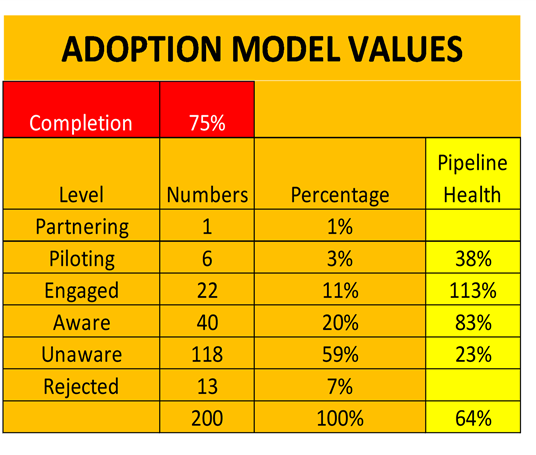The 3 most important Change Management Scenarios you must master as a leader
Today’s managers and leaders need to be competent and confident in managing change.
Whilst there are a multitude of change models, tools and techniques there are in fact just 3 typical change management scenarios a leader will encounter repeatedly:
- Stakeholder Change
- Community Change
- Team Change
Stakeholder Change (COHORT Simulation)
This scenario is about engaging with a small group of senior stakeholders to seek their feedback, advice and support for a proposed change.
The central task is to build relationships and have authentic communications with senior people about a proposed change on both a 1:1 basis and in small groups.
The main challenge is that these stakeholders may be your peers or more likely more senior than you, so you lack direct authority to tell them anything!
To mitigate this lack of authority you need to develop indirect influencing skills and the ability (and courage) to be able to "borrow authority" whenever you get stuck.
Important tools for this change scenario include "Stakeholder Mapping" where you analyse a set of stakeholders across two critical dimensions – their Attitude to the change versus their Influence on the change – to determine your engagement priorities.

Business Development (EDGE Simulation)
A very important variation on Stakeholder Change is in sales situations where the stakeholders are key decision-makers in a prospective customer. Edge is a Sales Persuasion Simulation which develops relationship management and influencing skills as you try to win the support of 10 key decision-makers in a global company where you have made the final shortlist of two for a major contract.
Community Change (SPREAD Simulation)
This scenario is about engaging with a larger community to gain their support and adoption for a change (which might or might not have started in a Stakeholder Change scenario above).
The central task is very different from the first scenario, bringing change to a large group or community and having to rely heavily on digital communications and one to many style of interactions.
The main challenge is that these forms of communication are not very engaging and only provide weak opportunities to develop the necessary rapport for you to earn the right to be heard.
To mitigate this lack of intimacy you need to find ways to co-opt other influential members of the community to endorse your change and you need to explore innovative ways to create more intimate engagement such as breakfast briefings and virtual meetings.
Important tools for this change scenario include “Rollout Planning” where you must plan your campaign in a way which lets you learn from experience by engaging different segments of the target community in pilot activities to test their effectiveness before engaging with the whole community.
At the heart of such Change Scenarios is the User Adoption Model which identifies the different interim stages community members need to progress through on their journey to adoption.

Team Change (CHAPTER Simulation)
This scenario is about engaging with your own team members to have them adopt a change within their team.
Like the Stakeholder Change scenario, the central task is to build relationships and have authentic communications with colleagues about the proposed change on both a 1:1 basis and in small groups.
Unlike this first scenario you do have direct authority over the colleagues on your team however you may face other challenges including engaging with those who feel they, not you, should be the leader of the team.
Also, you may find yourself dealing with more operational people who may lack the communications skills and big picture perspective which senior stakeholders should possess.
To mitigate this, you need to find influential change champions within your team just like the other scenarios however in this case social and reputational influence and length of service may be more relevant drivers of influence.
Important tools for this change scenario include the “Process Heath check” where you build rapport and credibility by engaging your team members around what is working well (and needs preserved) and what is working badly (and needs fixed) before you engage them in detailed conversations about personal change.
